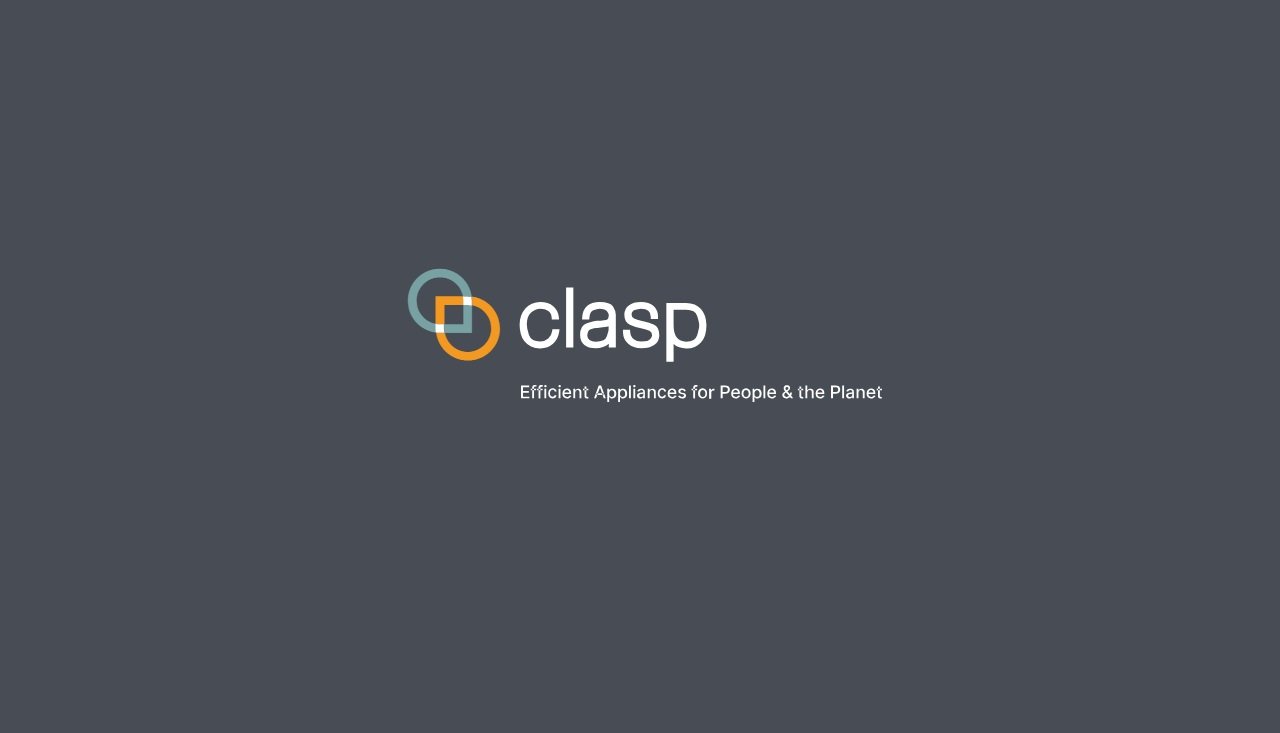A new report from the Alliances for an Energy Efficient Economy (AEEE) and Clean Cooling Collaborative (CCC) calls for urgent action to integrate demand response (DR) technology into India’s rapidly growing stock of room air conditioners (RACs), aiming to mitigate energy grid strain and rising emissions linked to cooling.
India is projected to sell 130–165 million RACs between 2025 and 2030, nearly doubling the current stock. This growth is intensifying pressure on the power grid. The report argues that DR integration can reduce peak load while maintaining thermal comfort for users.
CLASP’s analysis forecasts that India could be market-ready for DR-enabled RACs by 2028, with 53–67 million units deployed by 2030. Peak demand reductions of 8–10 GW could be achieved—comparable to Delhi’s entire 2024 peak demand—along with savings of 563–709 GWh of electricity in 2030.
These demand reductions could avoid $12.8 billion in grid investments by 2030, translating to about $473 per participating DR-RAC owner, roughly covering the cost of a unit. The incremental cost of integrating DR technology into RACs is expected to remain in the $10–$30 range.
The report emphasizes the need for technical standardization and collaboration. It calls on the Bureau of Indian Standards (BIS) to develop DR-RAC standards based on global best practices, and on stakeholders across the RAC value chain to support this process.
RAC manufacturers are urged to integrate DR-compliant components and collaborate on policy development. Utilities and aggregators should quantify DR benefits, run pilot programs, and inform consumers. Technology labs, policymakers, and investors are also encouraged to contribute to standardization, R&D, financing, and deployment.
The report concludes with a call for public and private investment, including government subsidies and financial instruments like green bonds, to accelerate DR-RAC adoption and support grid modernization.
